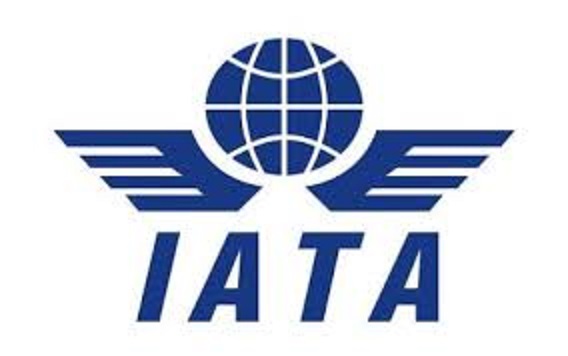In early February, the International Air Transport Association (Iata) released its global air freight data for the whole of 2018.
Although worldwide demand, measured in freight (metric) ton kilometres, rose by 3.5%, compared with 2017, it was far below 2017’s 9.7% growth.
In addition, demand softened towards the end of the year, as global trade weakened, consumer confidence declined, trade tensions continued and some governments continued with protectionist measures.
“African carriers saw freight demand decrease by 2.2% in December 2018, compared to the same month in 2017” stated the Iata report, titled ‘Air Freight Demand Ends Year Up 3.5%, Despite Softening Late 2018’.
“This was significantly less than the 9.4% decrease the previous month. Capacity increased 4.9% year-on-year. It’s worth noting that seasonally adjusted international freight volumes, despite being 7.7% lower than their peak in mid-2017, are still 50% higher than their most recent trough in late-2015.
Annual growth in freight demand among African carriers in 2018 decreased by 1.3% and capacity grew by 1%,” Iata Cargo head Glyn Hughes tells Engineering News.
“Africa accounts for only 1.7% of global air cargo, yet Africa has 15% of the world’s population. Nevertheless, in Africa, in general, air cargo development over the past few years has been tremendous, although it is still not achieving its full potential.
But we have been most encouraged by the investments carriers are making in infrastructure and aircraft, especially as most African air freight is what we call special cargoes – such as perishables. Air cargo is the primary mode of transport for fresh flowers and fresh vegetables to Europe and Asia.”
A problem with the transport of perishables is, however, spoilage, he points out. This can amount to 20% of a shipment, across the entire supply chain from the point of production to the overseas super market.
Spoilage increases costs. This problem is by no means restricted to Africa, and data has developed a global programme, the Centre for Excellence for Independent Validation (CEIV), to help reduce perishable air cargo spoilage around the world. The CEIV involves the airfreight industry and producers (whether of food, flowers or pharmaceuticals) and sets standards for the storage and transport of these products, while ensuring compliance with the required regulations.
The programme also certifies those companies meeting these standards. It has already had a significantly beneficial effect regarding the air transport of pharmaceuticals.
Yet problems remain, hampering the development of the continent’s air cargo sector. By far the biggest constraint is difficulties with customs procedures and agencies. In general, they are slow to process cargoes. Among other things, this prevents ecommerce from properly developing in Africa. Thanks to modern technology, faster processing of cargoes does not reduce safety or security, and most of the world’s other regions enjoy significantly faster customs processes.
Another issue is the lack of intra-African trade. The development of an African free trade area would give a great stimulus to the development of the African air freight sector.
Currently, Hughes notes, Africa has a relatively low cargo load factor of 38.1%, with only the Latin American region having a lower such factor (29.1%). The cargo load factor for the Asia Pacific is 54%, for the Middle East 48.8%, for North America 41.4% and for Europe 56.7%.
High overflight and landing charges in Africa do not help either. It is more expensive to fly in Africa than in any other region. The continent needed an appropriate regulatory environment and air transport charges that stimulated, rather than discouraged, aviation and innovation.
“African governments should be more active in identifying opportunities to play a bigger part in global value chains,” he urges. “Kenya and Ethiopia recognise the value that the air cargo flower traffic brings to their economies.
So they have efficient clearance procedures in place. They encourage the development of the traffic, incorporating the flexibility to deal with short-term markets – for example, allowing extra aircraft movements to meet the demand for Valentine’s Day.
Source




